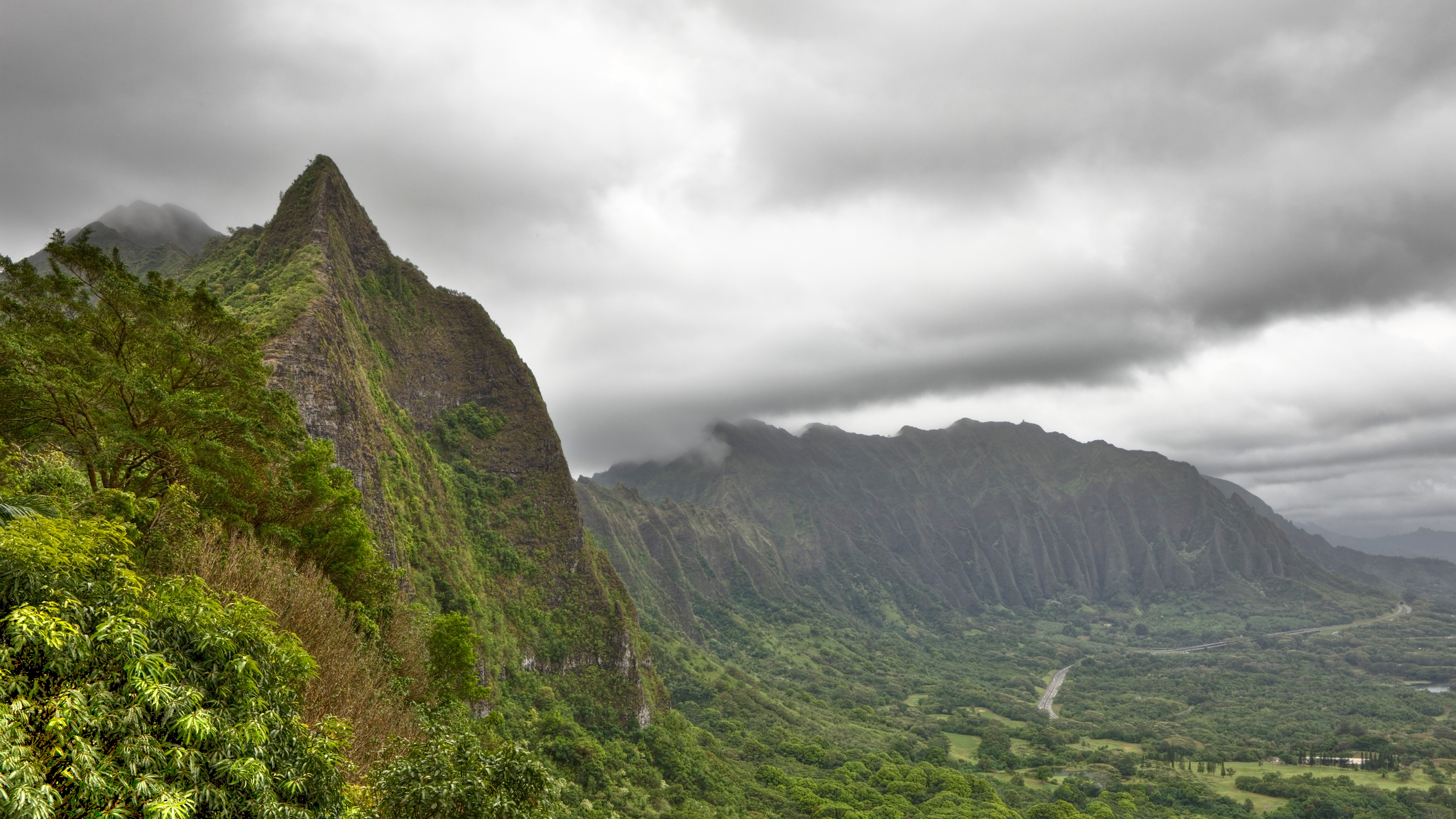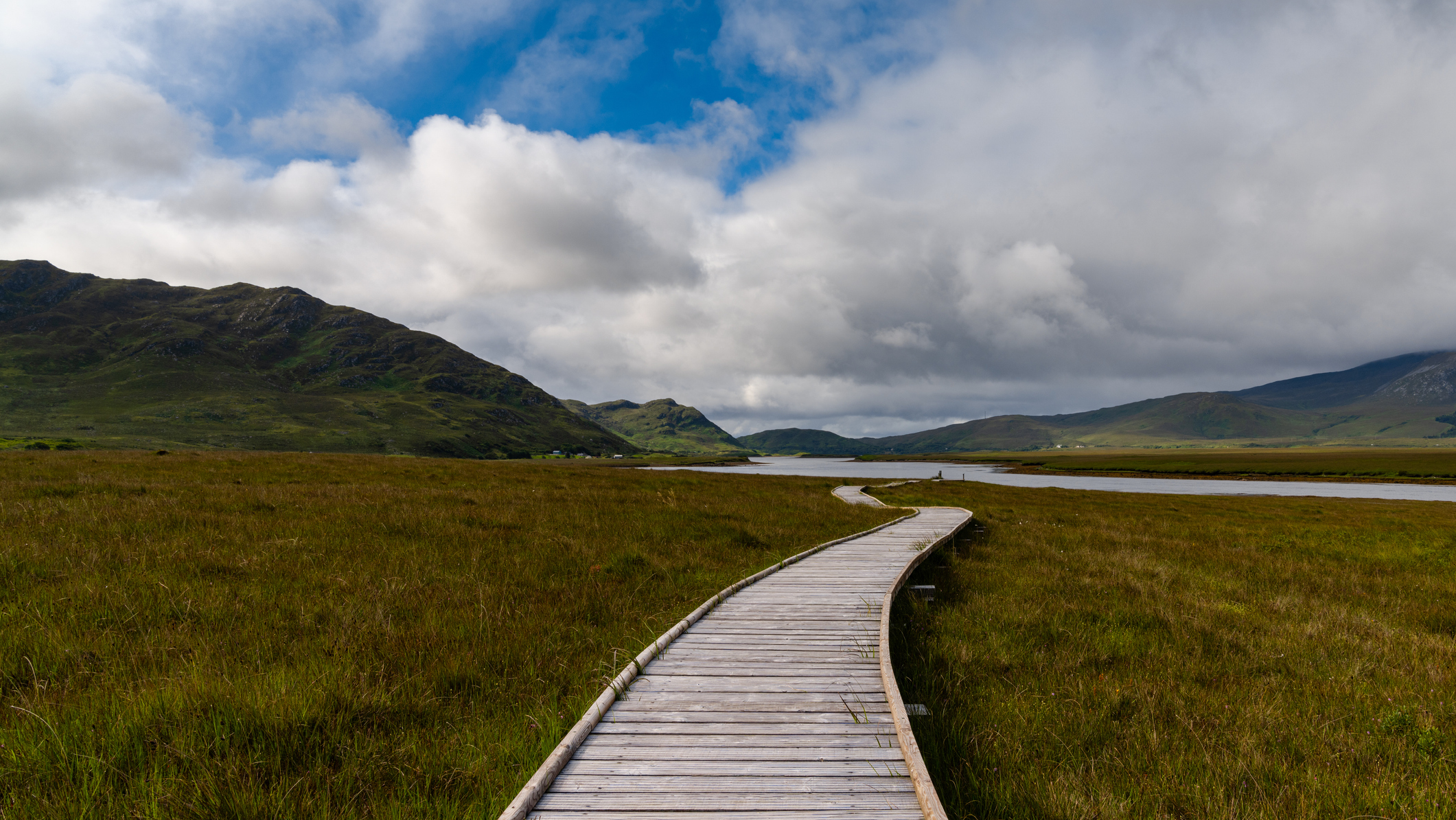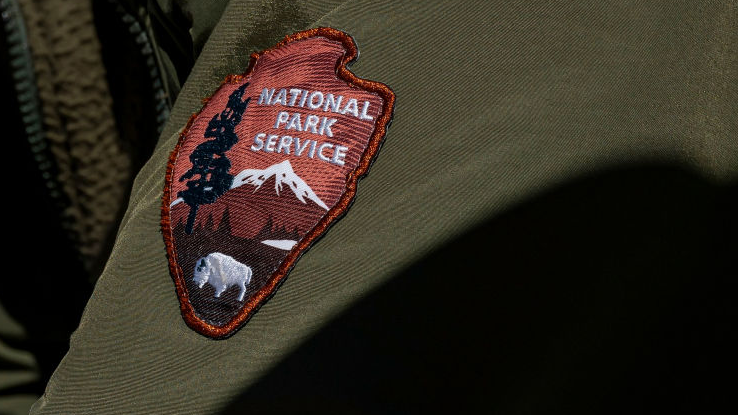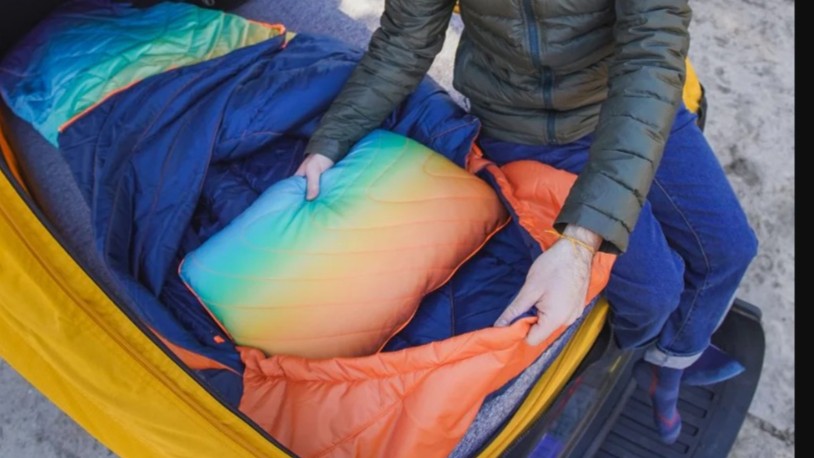"We were crawling on our bellies" – hikers reveal the one piece of gear they wish they'd brought for harrowing Mount Washington rescue
Two experienced and prepared hikers had a lucky escape from the notoriously dangerous peak

Two well-prepared hikers who recently endured a harrowing rescue on Mount Washington have spoken out about their ordeal, revealing the kit they wish they'd brought and highlighting exactly what makes the New Hampshire peak so treacherous.
Shortly after 6:00 p.m. on the evening of February 2, NH Fish and Game says it was contacted regarding two hikers who were lost off the Jewell Trail on the notoriously dangerous peak, resulting in what would be a nearly 12-hour rescue mission. The women, who have been named as Kathryn McKee, 51, of Fayville, MA, and Beata Lelacheur, 54, of Westborough, MA, reported they were stuck in chest-deep snow at about 5,000ft.
Though GPS coordinates revealed that the women were a mere 34 feet from the trail, it took rescuers nearly eight hours to reach them. By that time, the hikers were suffering from frostbite in their hands.
“I went into my first aid kit to grab the emergency blanket and extra hand warmers,” McKee tells the Associated Press.
“I couldn't open the chest because my hands were frozen."
Rescue missions on Mount Washington aren't at all unusual – already this year, we've reported on one "woefully unprepared" hiker who attempted to climb the peak before crawling inside a snow cat and refusing to get out until driven down. But McKee and Lelacheur were carrying a variety of winter gear and both possessed Hike Safe cards. Furthermore, they had completed this very hike just a month previously.
But no amount of preparation, it seems, can keep you safe when the weather takes a turn on Mount Washington. It's volatile weather that makes the mountain so dangerous.
Advnture Newsletter
All the latest inspiration, tips and guides to help you plan your next Advnture!
The highest in the northeast, it stands in the pathway of several storm tracks which converge here and to the west lie thousands of miles of relatively flat plains, so the prevailing west-to-east winds have a lot of time to pick up speed. It is also much higher than any of the surrounding landscape, which forces any cloud and precipitation up and over the top, where it cools and creates treacherous conditions, and it was this that took the hikers by surprise, with blowing snow obscuring the trail.
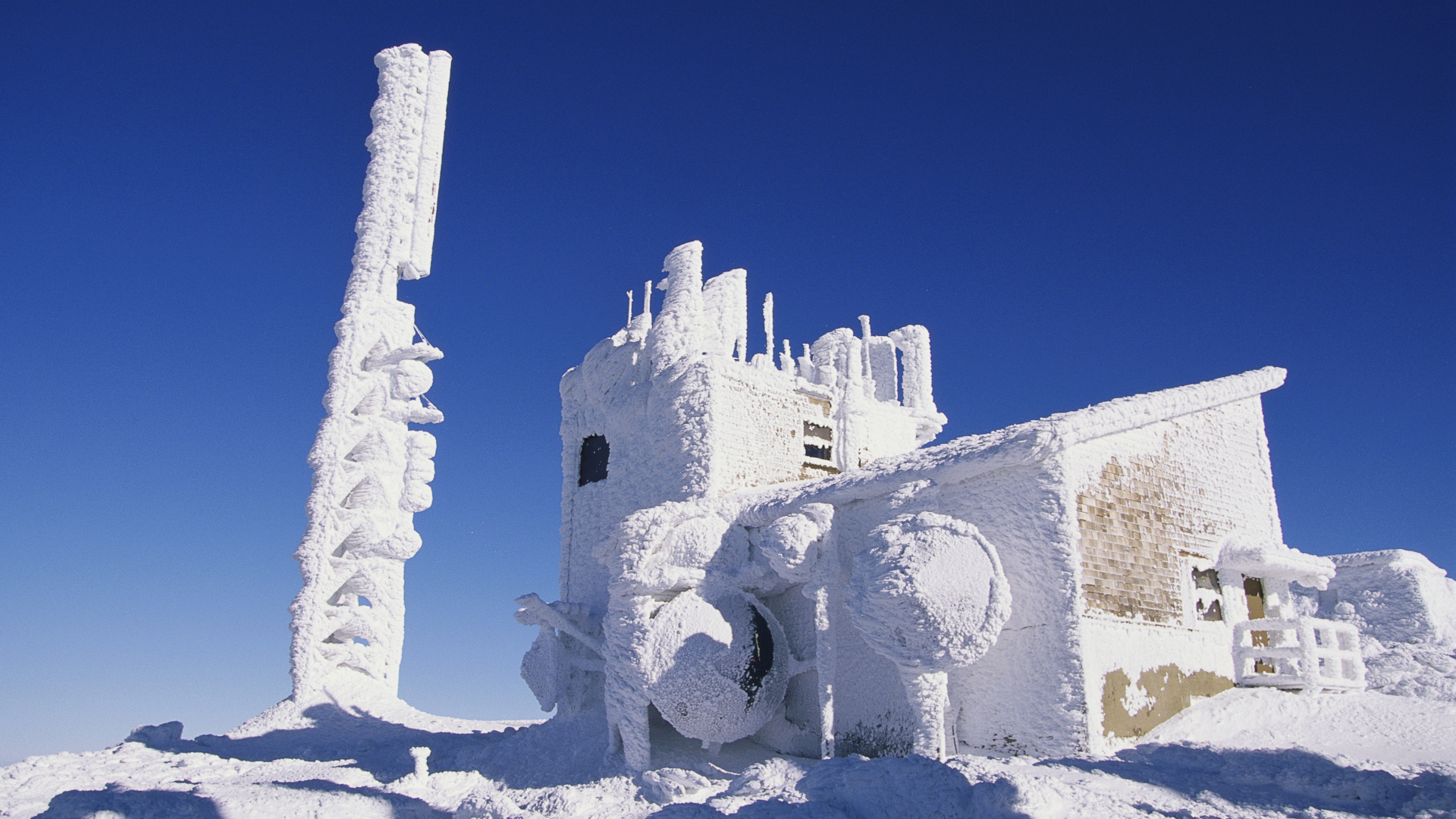
Amy Cotter, a weather observer and education specialist with the Mount Washington Observatory explains to the AP that on the mountain, snow has nothing to stick to and "gets whipped up very easily.”
McKee explains that their troubles began when her snowshoe got stuck in a tree well and it took her 20 minutes to dig herself out.
“And that kept happening. And so we got to a point where we were literally, like crawling on our bellies to try to get to the next point and just struggling so much that it wasn't working.”
“I was terrified that my friend may pass away in front of me and, you know, or I might pass away.”
The temperature at the summit was -2F (minus 19 Celsius), with winds of between 50 and 60 mph, which created whiteout conditions and completely buried the trail. Fortunately, the women thought to cover themselves in a bag and the surrounding snow ultimately served as insulation while they waited for rescue.
Representatives from NHG say the women had winter hiking experience and the right equipment, but ultimately fell foul to "unforeseen conditions."
"Had they not had the amount of gear that they had with them, it is unlikely that they would have survived until rescuers reached them."
“We feel really awful about having to make that (911) call, but it did save our lives, and we’re eternally grateful,” says McKee, who adds that both women plan to continue hiking, but will be bringing one crucial piece of kit in the future: an emergency shelter.
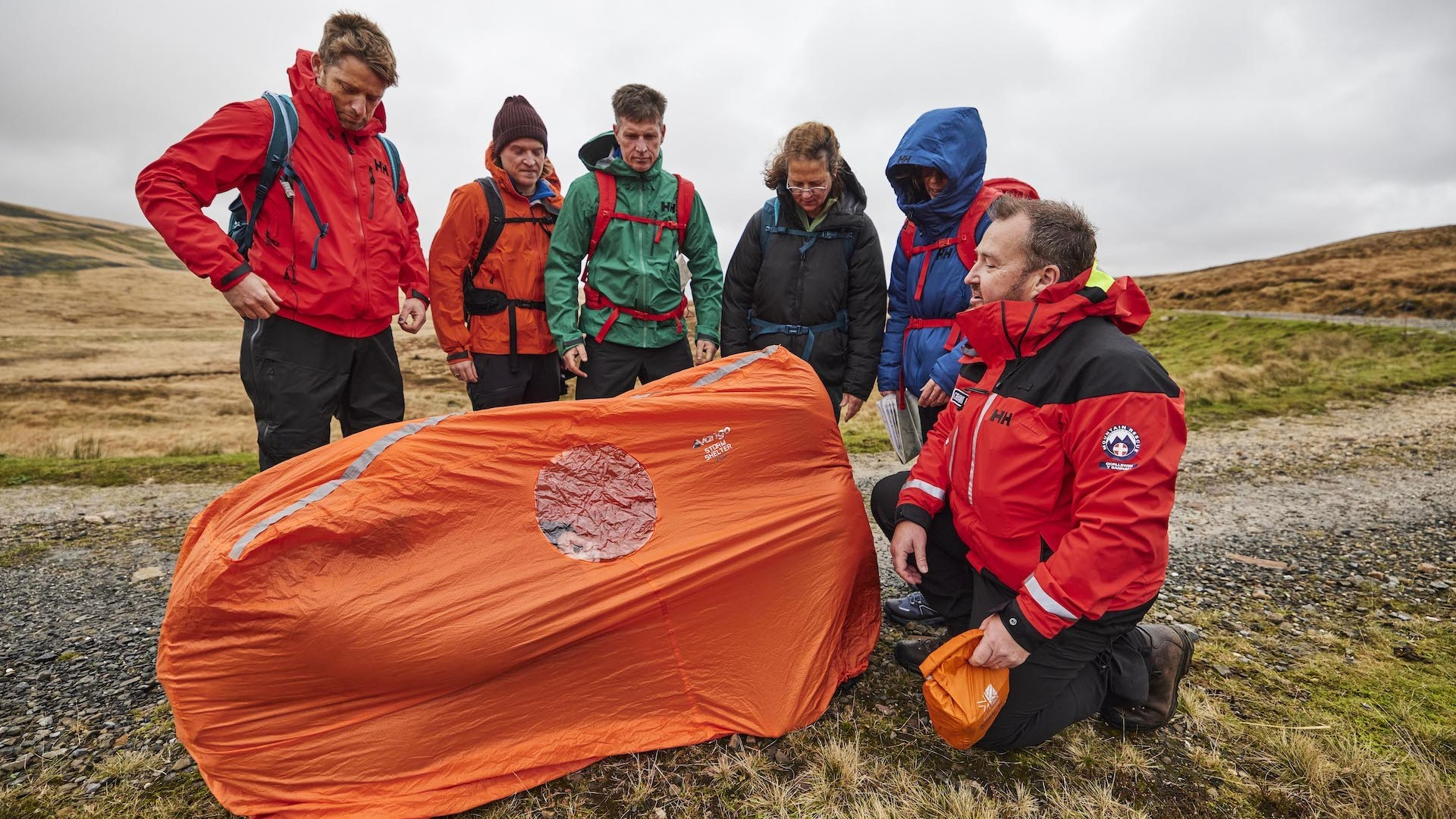
What is an emergency shelter?
An emergency shelter like this one by LifeSystems is a lightweight, popup tent that you can carry in your backpack on hikes and other mountain expeditions to protect yourself against the elements if the conditions change or you become lost or injured.
These shelters are essentially a tent with no poles or pegs and polyester and crucially, they're windproof and waterproof. They come compressed into stuff sacks a lot like your best sleeping bag, and can be pulled out and quickly erected into a rectangular shelter that several people can hide inside to shelter from challenging conditions. The shelter is held in place by people sitting on the inner fabric.
Read more in our article on seven reasons you need a survival shelter, and consider reinforcing your hiking kit with a shelter or bivy sack.
Julia Clarke is a staff writer for Advnture.com and the author of the book Restorative Yoga for Beginners. She loves to explore mountains on foot, bike, skis and belay and then recover on the the yoga mat. Julia graduated with a degree in journalism in 2004 and spent eight years working as a radio presenter in Kansas City, Vermont, Boston and New York City before discovering the joys of the Rocky Mountains. She then detoured west to Colorado and enjoyed 11 years teaching yoga in Vail before returning to her hometown of Glasgow, Scotland in 2020 to focus on family and writing.

